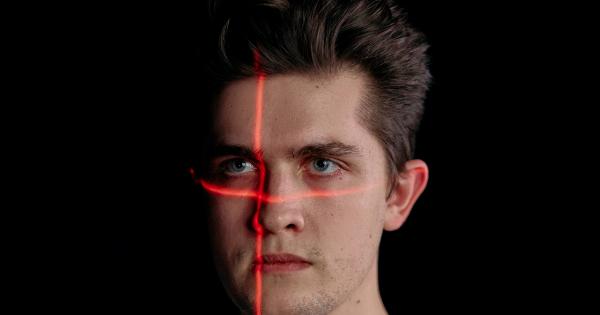Autism spectrum disorder (ASD) is a neurodevelopmental disorder that affects communication, social interaction, and behavior. It typically appears in early childhood, but the signs and symptoms can vary greatly from person to person.
Understanding the signs of autism at different ages can help with early identification and intervention, leading to better outcomes for individuals with ASD.
Signs and Symptoms in Infants and Toddlers (Under 2 years old)
While it is challenging to diagnose autism in infants, there are some signs that may indicate a higher risk of ASD. These signs include:.
- Lack of eye contact
- Difficulty with social interactions
- Lack of response to their name being called
- Delayed or absent babbling
- Lack of shared enjoyment or interest
- Repetitive behaviors, such as rocking or hand-flapping
- Unusual reactions to sensory input
If you notice any of these signs in your infant or toddler, it is important to discuss your concerns with your child’s pediatrician.
Signs and Symptoms in Preschoolers (2-5 years old)
As children with autism enter the preschool years, the signs and symptoms become more noticeable. Some common signs of autism in this age group include:.
- Difficulties with social interactions and making friends
- Poor or limited eye contact
- Delayed or unusual language development
- Repetitive behaviors and narrow interests
- Sensory sensitivities
- Difficulty with transitions and changes in routines
- Tantrums or meltdowns when faced with certain situations
If you suspect that your preschooler might be on the autism spectrum, it is crucial to consult with professionals who specialize in autism diagnosis and treatment.
Signs and Symptoms in School-Age Children (6-12 years old)
By the time children with autism reach school age, the signs and symptoms may become more apparent and can significantly impact their daily life. Some common signs to watch for in this age group include:.
- Difficulties understanding social cues and norms
- Trouble making and keeping friends
- Repetitive and restrictive behaviors or interests
- Challenges with verbal and nonverbal communication
- Difficulties expressing emotions appropriately
- Sensory sensitivities that affect their participation in certain activities
- Difficulty with organization and time management
Proper evaluation and intervention at this stage become even more critical to support the child’s academic and social development.
Signs and Symptoms in Adolescents and Adults (13 years old and older)
Autism is a lifelong condition, and the signs and symptoms may persist into adolescence and adulthood. Some common signs to watch for in this age group include:.
- Difficulty with social interactions and making friends
- Trouble understanding and interpreting social cues
- Sensory sensitivities that can affect their daily life
- Narrow and intense interests
- Difficulties with flexible thinking and problem-solving
- Challenges with executive functioning skills
- Struggles with maintaining employment or educational goals
Diagnosing autism in adolescents and adults can be more complex, but early intervention and support can still significantly improve their quality of life.
Seeking Professional Help
If you notice any of these signs and symptoms of autism in yourself or your loved ones, it is crucial to seek professional help for an accurate diagnosis and appropriate intervention.
Early identification and intervention can provide better outcomes and support for individuals with autism.
Conclusion
Autism is a spectrum disorder, and the signs and symptoms can vary widely from person to person.
By understanding the signs to watch for at different ages, parents, caregivers, and healthcare professionals can work together to ensure early identification and intervention for individuals with autism. Remember, seeking professional help is vital to receive an accurate diagnosis and develop a comprehensive treatment plan that meets the unique needs of each individual with ASD.





























